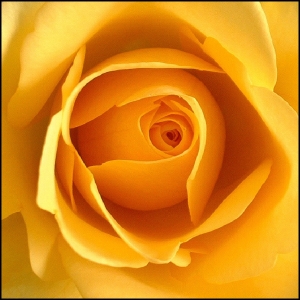The world is filled with infinite shades of color, from a candy-apple-red sports car to a smoldering orange sunset to the crisp green of springtime grass. The popular color wheel simplifies the shades into 12 distinct colors to help illustrate the variations.
Arranged in a circle with 12 sections, the wheel presents a visual representation of the primary colors in the following order: blue, blue/green, green, yellow/green, yellow, yellow/orange, orange, red/orange, red, red/purple, purple, blue/purple. The colors are arranged in a chromatic sequence, with complementary shades opposite one another. These are all of the standalone colors that cannot be created by mixing other hues. Secondary and tertiary hues can then be created by mixing three primary colors (traditionally red, yellow, and blue).
The color wheel is further segmented into active and passive hues. Active colors (reds, oranges, yellows) will appear as more dominant when placed against passive shades, while the passive colors (purples, blues, greens) appear to recede when viewed near the active ones.
Read more Segmation blog posts about Primary colors:
A Closer Look at Complementary Colors
Be an Artist in 2 minutes with Segmation SegPlay® PC (see more details here)


That is one gorgeous rose; the colour of the dawn.